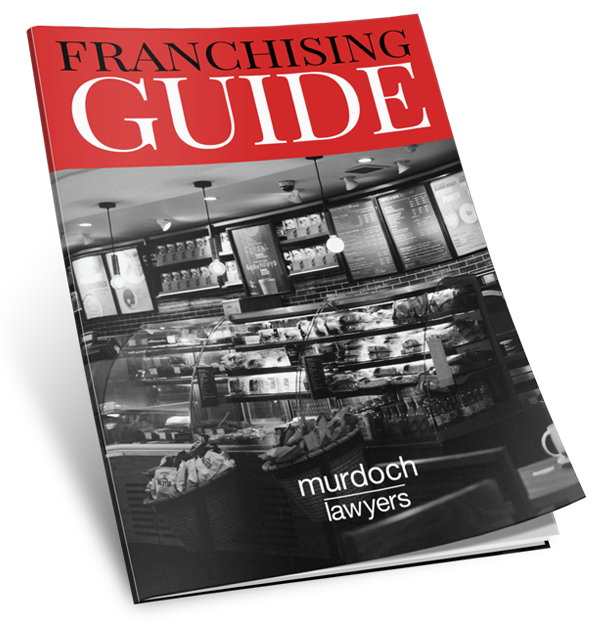
It is mandatory for employers in Queensland to have worker’s compensation insurance.
The scheme is governed by the Worker’s Compensation and Rehabilitation Act (“the Act”).
The insurer, usually WorkCover, can issue contribution notices to third parties who may bear some responsibility for an injury to an employee. Often the third party will be indemnified by the employer.
Where does that leave WorkCover, and who is to foot the bill?
This issue was considered in a recent decision of the Supreme Court of Queensland where it was held that WorkCover was responsible to reimburse the employer for an amount paid to a third party co-tortfeasor under an indemnity: Byrne v People Resourcing (Qld) Pty Ltd.
Byrne involved a situation where a worker was injured in the course of his employment while undertaking work for a third party principal contractor (TJH), whom his employer had contractually indemnified. Both the employer and TJH admitted liability for the injury to the worker and agreed they were equally negligent.
Workcover, as the employer’s insurer, and TJH each paid 50% of an agreed sum of $450,000 to the injured worker in satisfaction of a consent judgment against both the employer and TJH.
TJH then sought reimbursement from the employer of the amount it had paid out to the worker. The employer, in turn, claimed that WorkCover should pay that sum to TJH.
In summary, after considering previous conflicting authorities on the issue, the Court held that:
- WorkCover is required to undertake the business of “accident insurance”, which is defined in section 8 of the Act as “insurance by which an employer is indemnified against all amounts for which the employer may become legally liable, for injury sustained by a worker employed by the employer for compensation and damages”. “Damages” is defined in section 10 of the Act to mean “damages for injury sustained by a worker in circumstances creating, independently of this Act, a legal liability in the worker’s employer to pay damages to the worker”;
- The High Court decision in State Government Insurance Office (Queensland) v Brisbane Stevedoring Pty Ltd was authority for the proposition that a negligent employer which incurs liability for the full amount of a judgment either by direct payment to the injured worker or indirectly via reimbursement of an indemnified co-tortfeasor, becomes legally liable to pay damages for a worker’s injury; and
- The right of TJH to recoup $225,000 under its contractual indemnity was a legal liability of the employer to pay damages that WorkCover must meet.
This decision represents a positive development for employers of injured workers, in situations where the employer has contractually indemnified a third party also responsible for the injury.
However, a degree of caution must be exercised in considering the application of Byrne, particularly, as that case involved the entry of a judgment against both TJH and the employer which meant each of them became jointly and severally liable to the plaintiff worker for the whole of the damage. The outcome may not be the same in the absence of a judgment against the employer, or where the liability of the employer and the co-tortfeasor is yet to be determined.
As well, the Court did not expressly consider the effect of section 278 of the Act, which allows WorkCover to seek contribution from a third party towards the employer’s or WorkCover’s liability. The decision in Byrne would seem to indicate that where the employer has granted a contractual indemnity to a third party co-tortfeasor, who would ordinarily be required to contribute, the section is of little practical effect.
Further, Byrne is a very recent decision and may yet be appealed. Watch this space for any further developments in this area.
For further information please contact Anneliese Seymour or Matt Bell in our Business and Workplace division.
If you would like more information on these and related issues please contact, Matt Bell or Annelise Seymour.
Prepared by Anneliese Seymour.
This publication has been carefully prepared, but it has been written in general terms and should be viewed as broad guidance only. It does not purport to be comprehensive or to render advice. No one should rely on the information contained in this publication without first obtaining professional advice relevant to their own specific situation.




